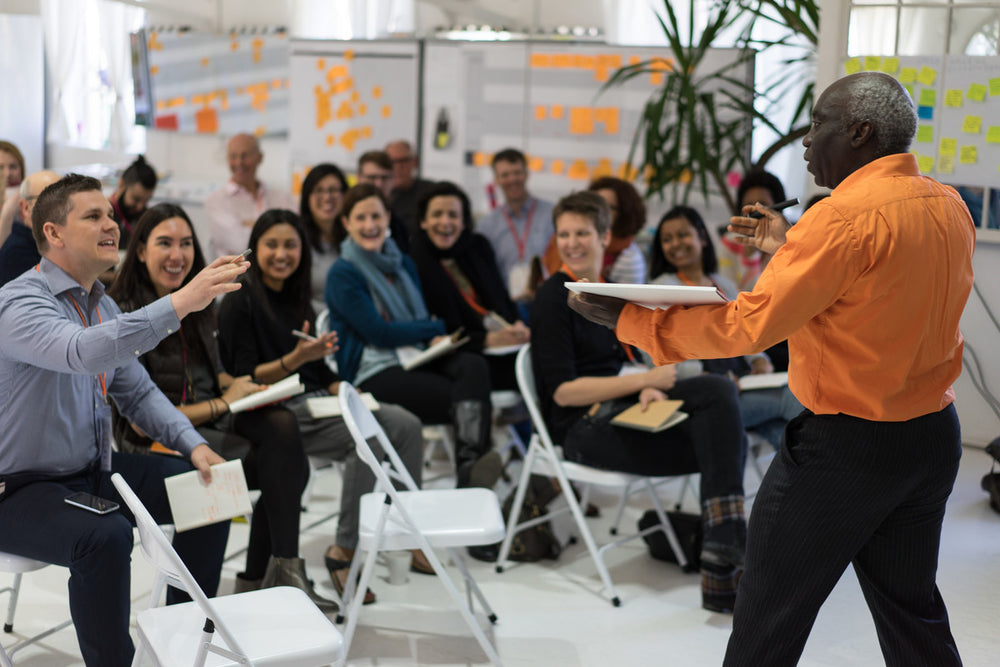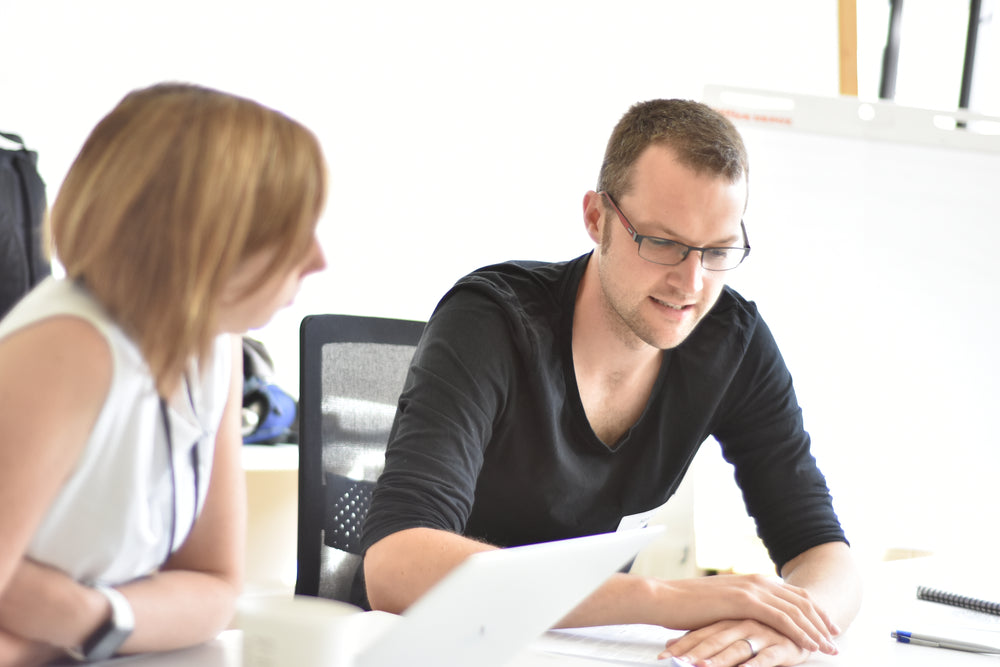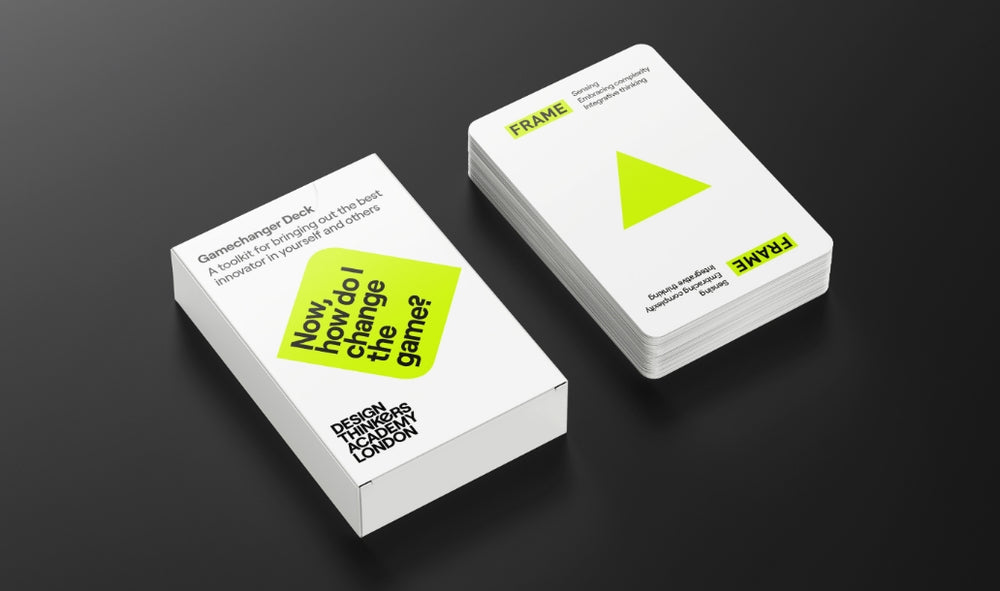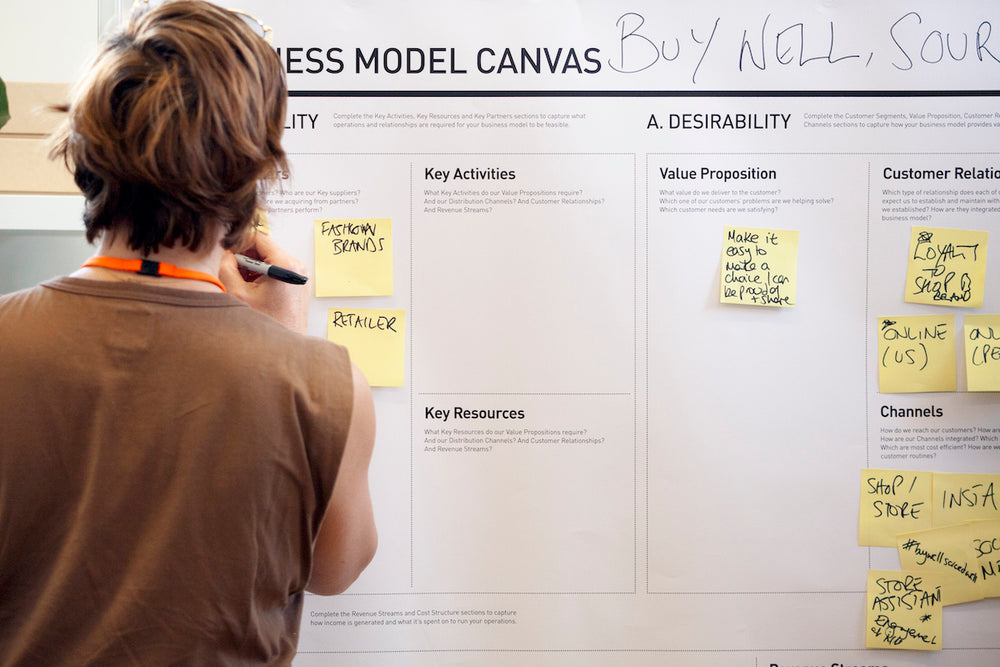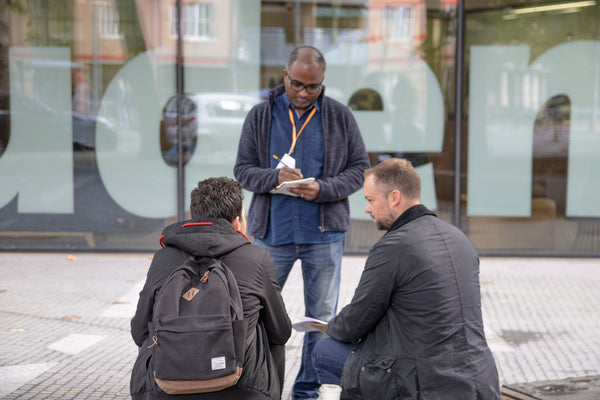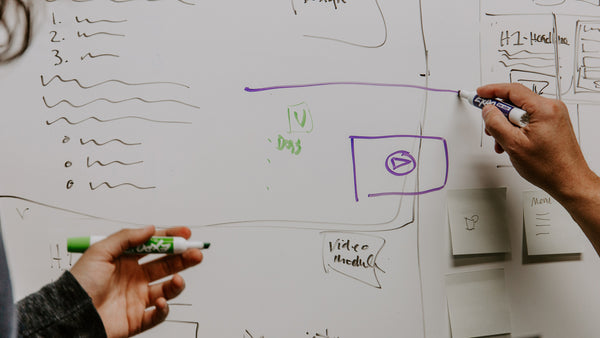One of our newest Design Thinking courses is our online Service Blueprinting course. In order to share more about the course, we spoke to one of the coaches, Simon Gough, about service blueprints, how he uses them and why it’s so important for companies to adopt them.
So what will delegates learn on this new service blueprinting course?
Most importantly they’ll learn how to actually make service blueprints – starting with a simple version on day one and then building layers, to make those blueprints useful for any project. We’ll also go through all the theory that they need to know. This includes focussing on what service blueprints can best be used for and how to get a project going in their organisation. Towards the end the participants will focus on what comes next: the outputs and outcomes that make service blueprinting a core component of service design within their organisations.
What is a service blueprint exactly?
A service blueprint is a process diagram of the interactions that make up a service, built around a customer’s journey. It can show us what a service looks like now or we can use it to visualise a new or improved service for the future.
"It is designed to go deep into the workings of an organisation to help people across different departments and functions work together better."
How can these skills be useful for people in their work?
Service blueprints are very useful service design tools and by learning how to create them participants will gain vital skills in visualising and planning for service delivery. What really matters, however, is that a blueprint is a view into the people that make a service happen. This goes from the customers themselves to the people in the organisation that need to work together to deliver great customer experiences. Service blueprints might be process diagrams, but learning how to make them is all about people skills.
Can you tell us a little bit about your own experiences using service blueprints?
I’ve been working in service design for over a decade and throughout that time I’ve used service blueprints in a huge variety of contexts, from government services and large enterprises to arts organisations and start-ups. What’s been most interesting for me is seeing the variety of different approaches to blueprinting in that time, from highly detailed blueprints that bring together diverse stakeholders to quick blueprints created in less than an hour to get a quick understanding of how a new service might work. What I’ve noticed is how service blueprints can really engage people with the idea of services as something we can see and design.

And the course itself. How will it be taught online?
We’ll be using a combination of a collaborative whiteboard (Mural) and some slides (but not too many), communicating through Zoom. Much of our time will be spent working together in small teams. There will be plenty of time to discuss and reflect on what we’re learning and doing, but the focus is definitely on creating. Come expecting to work hard over the three days.
Finally, why should people join this course?
You should join if you want to learn how to use a core service design tool, which is not only a highly practical tool in itself but also a gateway into a deeper understanding of how services really work and what you can do to make them better in your organisation.



